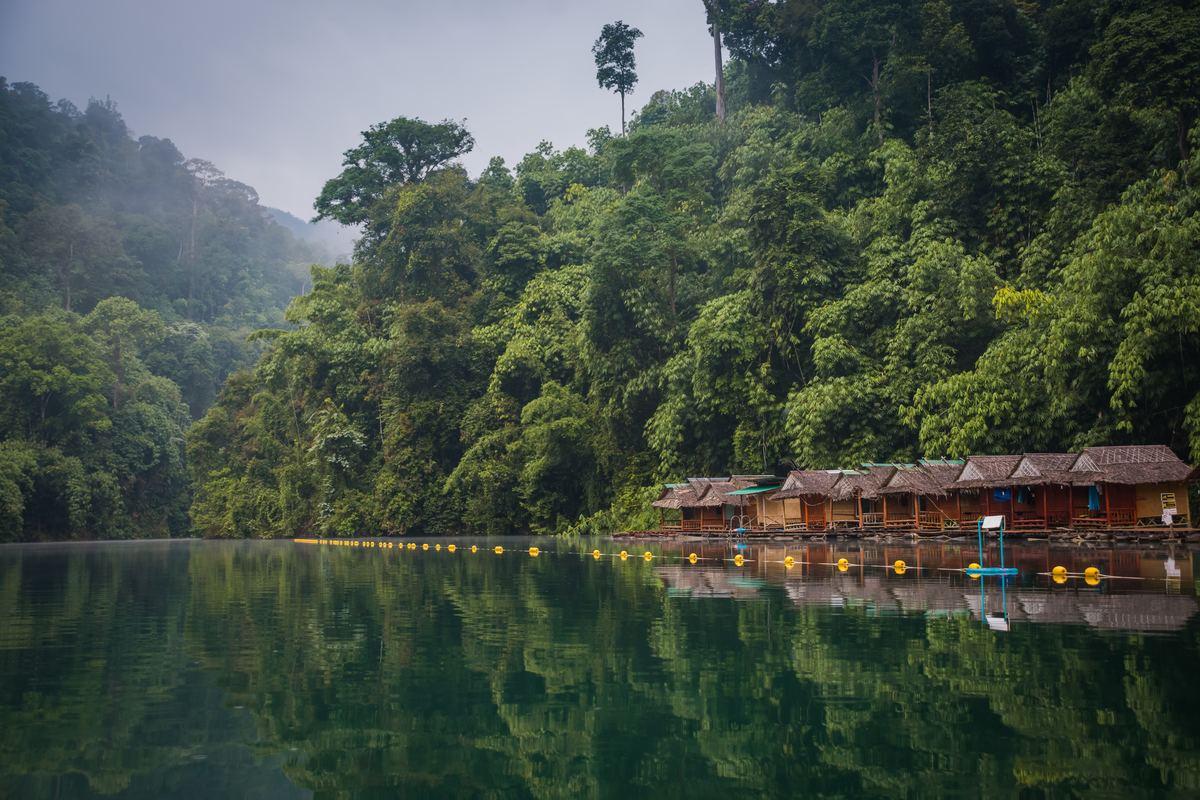#1 Edito - Sustainable construction in hot climates

The ambition of this dossier is to gather a series of testimonies that illustrate, in all their dimensions, the challenges related to construction in a hot climate. Since the concept of "hot climate" does not appear in the typologies traditionally used by climatologists, it is necessary, as a preamble, to present the reasons that motivated the choice of such a geographical perimeter.
Hot climates: what are we talking about?
The hot climate zone considered in this dossier corresponds more or less to the regions of the world whose climate is, within the meaning of Köppen's classification, either equatorial, monsoon, savannah, desert, hot or semi-arid hot.
This choice of perimeter is primarily due to the fact that hot regions concentrate a large part of the world's population: the inter-tropical belt (which therefore constitutes only part of the "hot climate" zone) alone accounts for nearly 40% of the world's population, and according to forecasts, this proportion will reach 60% in 2060. Similarly, the proportion of the population living in hot regions is likely to increase, under the combined effects of climate change, which is causing an increase in temperatures and ultimately an extension of this hot climate zone, and the acceleration of population growth, which particularly affects these regions of the world, most of which have not yet completed their demographic transition.
Secondly, the interest in dealing with the subject of construction in hot climates is justified by a certain global coherence of the social, economic and environmental issues relating to the constructive question within these geographical areas, which it seems relevant to highlight in the context of a dedicated dossier.
On the one hand, these regions share the characteristic of high average annual temperatures, which has consequences on the constructive practices implemented: for example, the bioclimatic building of the humid tropical zone, like that of the hot arid zone, favours practices aimed at reducing the use of artificial and energy-consuming ventilation processes, by promoting a natural achievement of hygrothermal comfort. However, reducing the environmental footprint of the construction sector, which alone accounts for nearly one-third of global greenhouse gas emissions, requires (among other things) a reduction in the use of air conditioning in all hot regions.
On the other hand, it is also important to note certain similarities in the socio-economic conditions of populations living in a warm climate: the vast majority of developing countries are concerned by a climate that can be described as "hot". These countries are also the ones with the highest population growth rates. The challenge of building numerous, comfortable and accessible housing units therefore seems all the more significant.
Building sustainable hot sub-climates, at the crossroads of socio-economic and environmental issues
To the extent that hot regions concentrate the most socially and economically vulnerable populations, the adaptation of buildings to the constraints that this vulnerability induces is one of the responses to the current and future challenges posed by the intensification of climate change.
Finally, the main purpose of this dossier is not so much to present all the solutions that can be implemented to ensure a successful ecological transition of the construction sector in hot regions; rather, it aims to show, through the presentation of concrete cases and expert opinions, how this transition is situated at the interface of social, economic and environmental issues that are common to all the hot regions of the planet. These testimonies are all the more precious at a time of climate change, since it is also subjecting developed countries to increasing heat waves in which it will become a priority to solve the problem of summer comfort without systematic use of air conditioning.
Resilience and circular economy
This ecological transition of the construction sector in hot climates must be seen as a means of ensuring greater resilience of territories and populations, and in this respect it cannot be conceived exclusively on a building scale. In fact, it must be implemented through a three-pronged approach at the scale of urban planning (rationalization, economy of built spaces, creation of a sustainable urban living environment, awareness of environmental issues, strengthening of the links between housing and public space, mobilization of "short circuits", etc.), of buildings (construction techniques and building forms adapted to resources, use and context, etc.), of materials (origin, availability, quality and safety, insulating characteristics, ease of installation, etc.).
The question of the origin of materials, in view of the volumes of waste generated by the construction sector, is particularly significant: the success of its ecological transition in hot regions will depend in particular on better reuse of construction site waste. In addition, the construction sector could contribute more to the economic development of territories and reduce its impact on landscapes and the environment if the upstream part of the value chain, i.e. the link concerning the supply of resources, were local. As a result, such aspects are naturally extensively developed in the interviews and case studies in this dossier.
Between innovation and traditional processes
The adaptation of buildings in hot regions is also a major sociological issue. Beyond the essential question of the need to offer occupants the comfort they are entitled to expect, buildings are a key marker of identity, particularly in countries where economic development has sometimes seen a large proportion of traditional buildings disappear. The ecological transition of the construction sector, as presented in this dossier, therefore aims to promote, in the same way as innovative and disruptive projects, the vernacular architecture of the countries of the South, which contains lessons in natural adaptation to the climate, whereas today air conditioning, such as heating or lighting of housing, is most often done in an artificial way. Whether it is ventilation processes, light breakage or optimal room layout in a matured order over time, there are many examples of techniques that provide architectural paths that are sometimes overlooked today.
Nomadéis, a design office specializing in sustainable construction, noted in a report prepared for ARENE Ile-de-France in 2011 that, for many developing countries, the adaptation of buildings to natural and climatic constraints also requires a rediscovery of traditional know-how and is therefore of great economic importance, since it makes it possible to envisage the creation of local jobs. Among these skills developed over time, some have been specifically designed to adapt to extreme climatic and environmental constraints. They remain relevant today, in particular in a logic of rediscovering the way in which buildings can be designed by including either anticipation or a form of resistance to natural disasters (hot climate regions being particularly affected by droughts and floods, the frequency and scale of which are likely to increase as a result of climate change).
Editorial by Nicolas Dutreix, partner director of NOMADEIS - environmental and sustainable development consulting
Photo credit : Sascha Grabow





